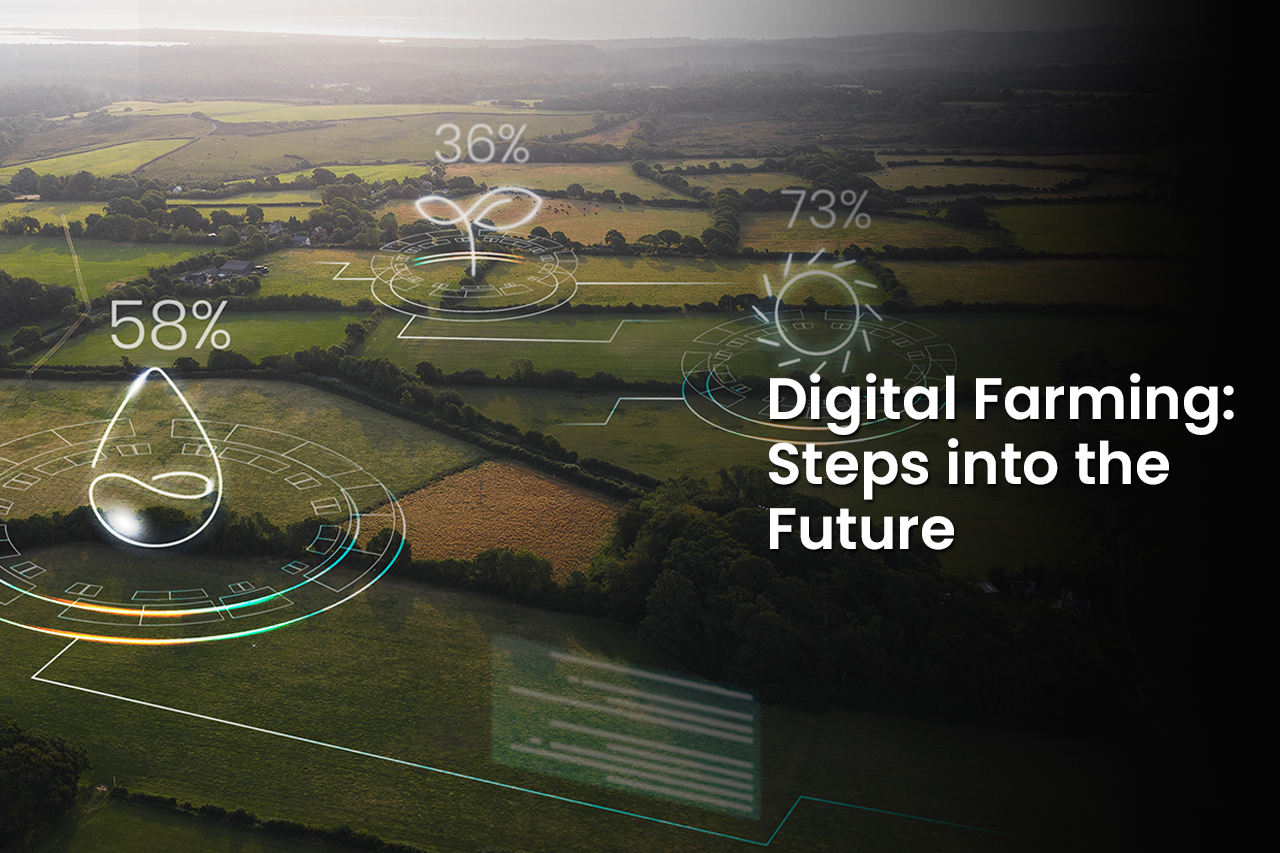Agricultural Digital Farming involves digitally managing input resources such as fertilizer, water, and seed quality and minimizing the impact of unpredictable variables (like weather and pests). To produce quality crops, it requires effectively managing input resources, including fertilizer, water, and seed quality.
Technology is a fundamental aspect of digital farming. It integrates financial data with field records, enabling the complete management of farm activities. Data analysis can provide information on soil, weather, crop growth patterns, and actionable, geographically relevant insight into preventing losses and optimizing the productivity of each plot on a farm.
- DigiFarming uses network-connected ‘smart’ devices as part of the Internet of Things (IoT) or is a SaaS-based AgTech.
- Agritech uses sensors, drones, robots, and cameras to implement IoT.
- A farm will be equipped with sensors, cameras, and robots for data collection.
- IoT equipment needs to be connected to an analytical dashboard for data analysis.
- A satellite imagery technology that combines machine learning – cloud storage – predictive analytics software and is highly scalable and easy to use.
Latest Solutions & Trends
- The vertical farming method allows for better crop management and yields to be achieved with fewer resources.
- A vertical farm has a closed environment, which means that we can control every aspect of its internal climate, including temperature, humidity, lighting, and nutrients
- A vertical farm allows us to grow more crops since we need to prepare the next crop much less frequently between harvests
AeroFarms
- Provide faster and better crop growing than traditional farms.
- Compared to field-based farming, seed-to-harvest takes half the time.
- With a closed environment and vertical stacking of the farms, 390 times more crops can be grown per foot than on a traditional farm.
Hydroponics
- Having the roots hang down into the water allows for more efficient oxygenation of the roots
- Compared to traditional farming and hydroponics, these plants use 95% less water
Factors affecting the cost & other aspects
As per stats, water channels, footpaths, and service areas usually take up 25% of the land in farming. By controlling every aspect of crop production, such as water levels, pest stress, soil conditions, and microclimates, as well as automating the process, farmers can increase productivity and reduce costs by making their operations more efficient. Precision farming makes it possible to increase cost-savings and efficiency by harvest yield and waste reduction.
The way forward
As IoT technologies progress, more innovative farming methods are being created, resulting in more environmentally-friendly crops. These new advances in agriculture are paving the way for what can be called a “third Green Revolution” – based on how it makes the planet greener by making specific processes more efficient.






